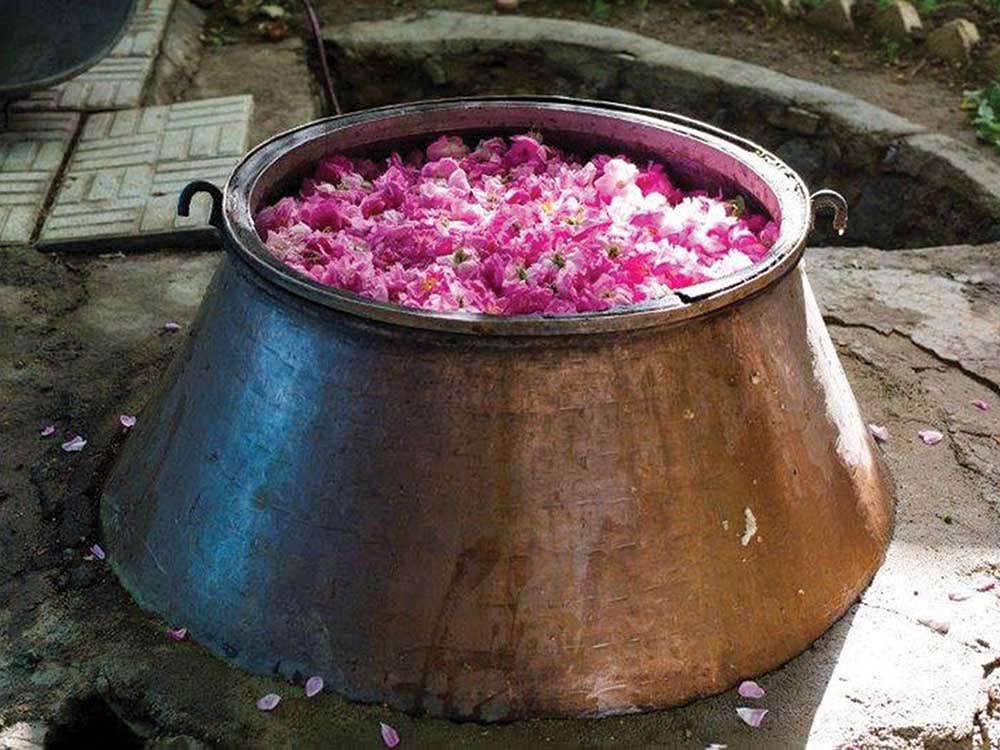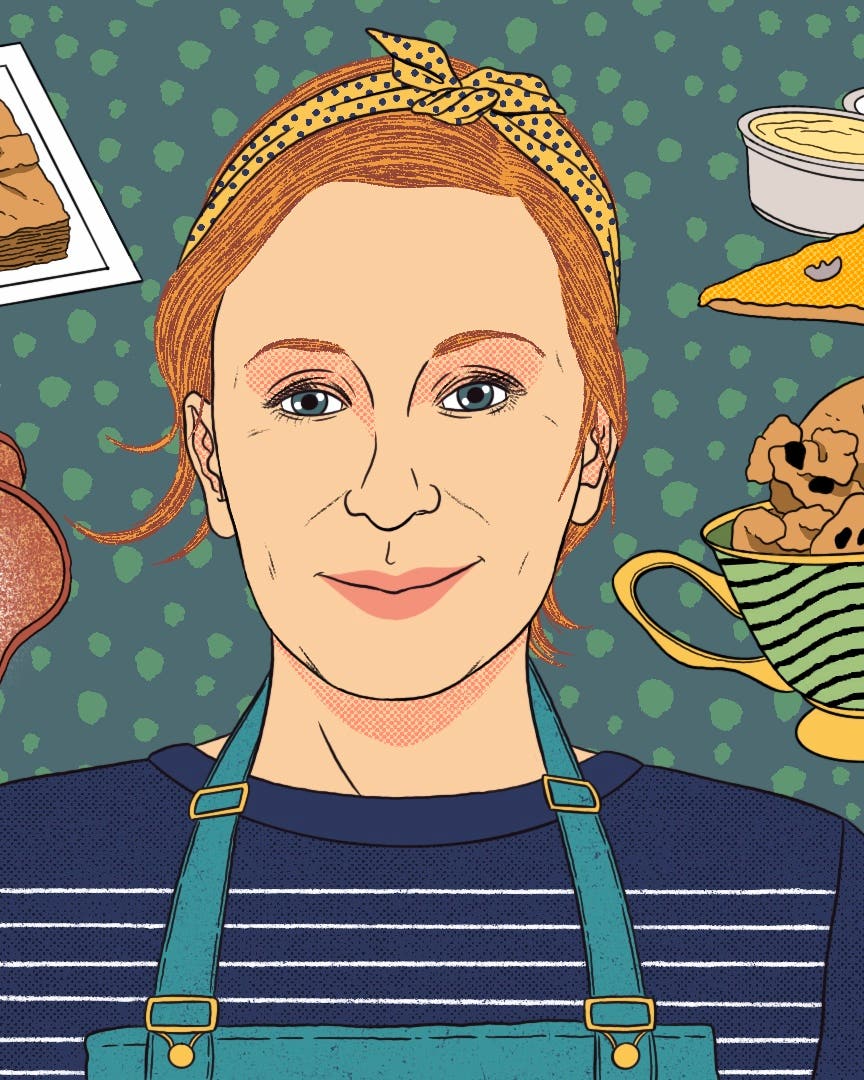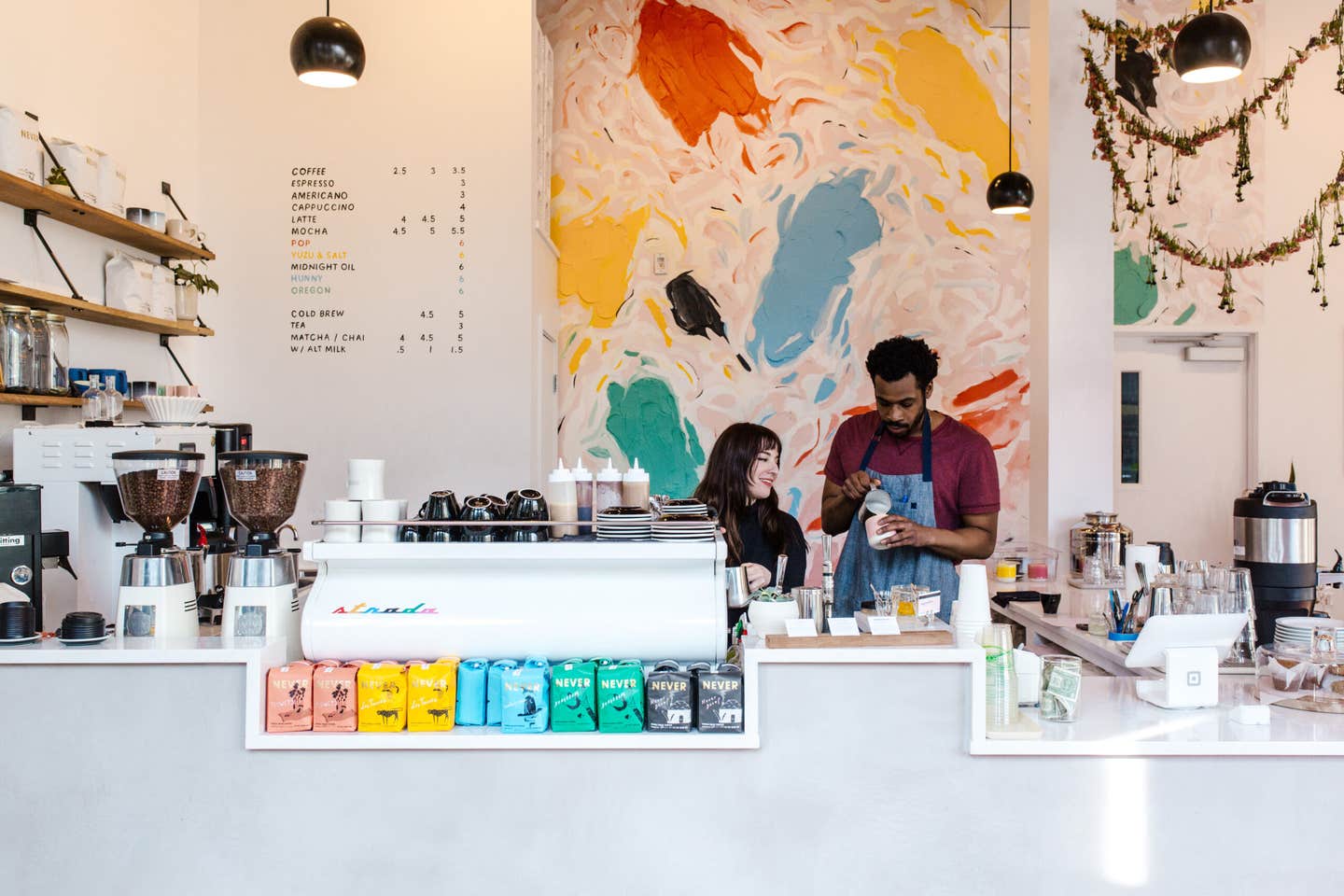
The Best Food Writing We Read in 2017
It was a tough year in media—and politics and natural disasters—but these fantastic writers and editors really stepped up to the plate
2017 proved to be challenging for the media industry, with so many of our favorite publications shuttering their doors or making unfortunate cuts. That's why we're taking a moment to celebrate the work of our industry peers, from multimedia packages that incorporate creative uses of video to long-form essays that address the evolving role of food and hospitality in our shifting cultural landscape.
This year, our "jealousy list"—the stories we wish we published ourselves—included: a creative re-imagination of the dinner party, a profile on the mogul behind cure-all camel milk, and a historical investigation of race and ownership in Southern food. Below, see more of the best non-SAVEUR food writing from 2017.
The Art of the Dinner Party Package (Various Authors, The New York Times )
The Art of the Dinner Party
When a friend sent me the Sam Sifton story from T Magazine's dinner party issue, I immediately saw myself and my partner, gathered around our dining table with a few close friends. It's a treat to be invited into the personal kitchens of these well-known food writers—Sam Sifton, Samin Nosrat, Tejal Rao, Gabrielle Hamilton, and Dorie Greenspan—and it's even more fun to imagine yourselves at the table with them. — Alex Testere, associate editor
Helen Rosner's no-holds-barred take on the food world's alleged sexual harassers like Mario 'Red Menace' Batali, John Besh, and Ken Friedman—and the industry systems that allowed their behavior to persist—is the kind of chef writing we need right now. —Dan Q. Dao, deputy digital editor
This profile of 72-year-old Zubaida Tariq gives us an inside look at the queen of cooking shows in Pakistan. She's known for having advice on everything, not just how to make the perfect biryani: "Tariq has taught generations of homemakers how to raise their children, clean their homes, and make parathas." — Shane Mitchell, contributing editor
Where Can We Find Queer Space After Pulse? (John Birdsall, Eater)
A portion of the memorial outside of Pulse
John Birdsall provides for Eater a thoughtful journey across the country in search of queer bar and restaurant spaces. In the aftermath of the deadly shooting at Pulse nightclub in Orlando, the issue seems more pressing than ever. — Alex Testere, associate editor
The Oldest Restaurant in Kabul (Maija Liuhto, Longreads)
For over 70 years, Bacha Broot, located in the center of the Old City of Kabul, has been serving chainaki—savory lamb stew—despite Soviet occupation, civil war, and the Taliban.
Bacha Broot is Kabul's oldest restaurant, nestled in the Old City's bird market. In this beautifully written piece, Maija Liuhto writes beautifully about the experience of going to this restaurant, which closes only for Ramadan and serves only chainaki. It has become an institution in a city where war, politics, and an influx of new restaurants has changed the way the city lives and eats. But, as Liuhto writes, "No matter what happens in Kabul, at least chainaki will always be served here." — Katherine Whittaker, associate digital editor
Happiness is a Cake Mix (Julia O'Malley, The New York Times )
At her home in Tanana, Alaska, Cynthia Erickson and some young volunteers decorate a lemon-blueberry cake from a mix that she jazzes up.
Julia O'Malley writes this excellent essay on cake mixes in Gambell, a very remote part of Alaska. So remote, in fact, that you have to take a journey by air or sea to get there. In a place where locals rely on traditional hunting, fishing, and gathering practices, grocery store ingredients (and cake staples) like eggs and milk can be hard to come by, so sometimes bakers get by on a little creativity. — Shane Mitchell, contributing editor
This piece by author and SAVEUR contributor Yasmin Khan spoke to me, personally, because I often grapple with cultural sensitivity as a food editor and writer. Who owns food? Who owns cuisine? Who is allowed to write about, cook, or even eat what food? The answer, of course, isn't so simple. I appreciate Khan's tone here: not angry, not knee-jerky, but sincere and earnest. She doesn't make absurd claims that white people can't make tacos, pho, or aash-e rehste. She instead focuses on the real, daily struggles faced by folks of color in this space, and offers solutions for those who are willing to stop talking and start listening. I certainly am. —Dan Q. Dao, deputy digital editor
For The Bitter Southerner, SAVEUR contributing editor Shane Mitchell digs deep into the murky history of Lowcountry rice and who owns its legacy. — Dan Q. Dao, deputy digital editor
Required reading for every assigning food and lifestyle editor. — Max Falkowitz, executive digital editor
China's Camel Milk Mogul (Christopher St. Cavish, Roads & Kingdoms)
Groups of camels rest together by the side of the road.
Did you know that camel milk can cure your hangover? Well, supposedly, anyway. In this story, Christopher St. Cavish heads to northwestern China to see the zhuanchang, or the massive summer migration of farm animals from summer pastures to grazing spots higher up in the mountains. And along the way, he writes about the Xinjiang Wang Yuan Camel Milk Co Ltd, the founder of the company, and his big plans for camel milk. It's a fascinating picture of a remote region of China, all via milk. — Katherine Whittaker, associate digital editor
From Hurricanes to Protest Movements, Food is a Way In (Kim Severson, The New York Times )
Erin Schrode of World Central Kitchen—a nonprofit chefs association founded six years ago by José Andrés—with children receiving food in Loíza, P.R.
I loved Kim Severson's reflection on using food as a lens to enter any issue, from natural disasters to protest movements. Food writers, never let anyone tell you to "stick to recipes." — Dan Q. Dao, deputy digital editor
I don't think we've ever had such a comprehensive treatise on the state of Asian-American cuisine. Not Asian, but Asian-American—food that sometimes cannot even be found in any country in Asia, but that has been created here by immigrants whether out of necessity or by choice. For the piece, Ligaya Mishan speaks to over a dozen Asian-American chefs to find out why they cook the food they do, and what they hope people will understand about it. —Dan Q. Dao, deputy digital editor
You Probably Haven't Heard of America's Best Fried Chicken Chain (Ryan Joseph, Thrillist)
Krispy Krunchy Chicken
File under: News you can use, wonderful things hidden in plain site, and fabulous custom drop cap design, especially charming to this CMS junkie. — Max Falkowitz, executive digital editor
Welcome to the Frye Festival, But for Cheese (Hannah Gold, Jezebel)
#Brighton we have landed, build starts today! Tag a mate who you'll have your picture with in these!! #cheese #cheesefest #cheesefestuk #RT pic.twitter.com/9wbY1rkeIB
— Cheese Fest UK (@CheeseFestUk) August 11, 2017
I hate to laugh at a flop of a food festival, but I'll make an exception when this many cheesy puns are involved. — Kat Craddock, test kitchen associate
I love food and I love love—or at least reading about it. So it makes me smile when the two come together in ways that are complementary and evocative. Such is this simple story by Tejal Rao. — Dan Q. Dao, deputy digital editor
Keep Reading
Continue to Next Story










